Applications of High-Density Tungsten Alloy Counterweight Blocks in Aerospace
- Details
- Category: Tungsten Information
- Published on Tuesday, 17 June 2025 11:10
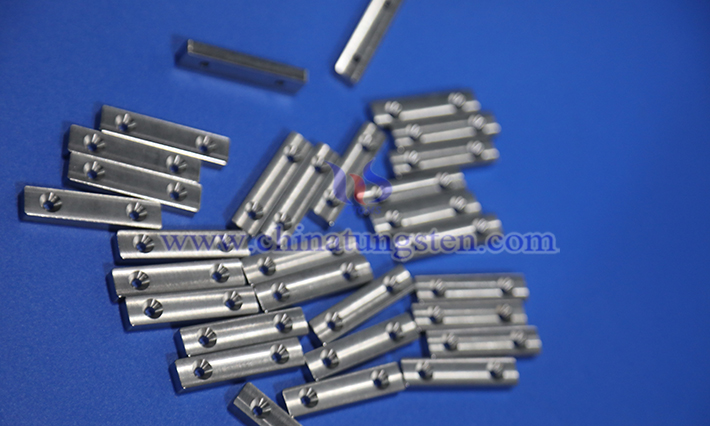
High-density tungsten alloy counterweight blocks, with their excellent properties such as high density, high strength, and high hardness, have wide and critical applications in the aerospace field, as detailed below:
Applications of High-Density Tungsten Alloy Counterweight Blocks
- Details
- Category: Tungsten Information
- Published on Tuesday, 17 June 2025 11:07
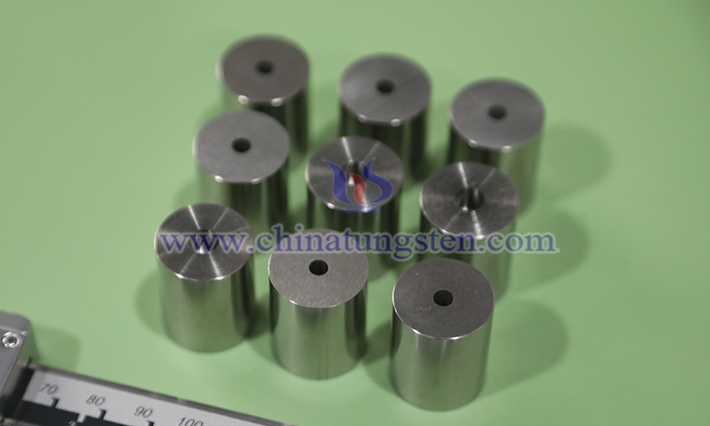
High-density tungsten alloy counterweight blocks, with densities typically ranging from 16.5 to 19.0 g/cm³, along with excellent mechanical properties and stability, play a critical role in adjusting center of gravity and balancing loads across various fields.
Ferrous Tungstate
- Details
- Category: Tungsten Information
- Published on Tuesday, 10 June 2025 17:35
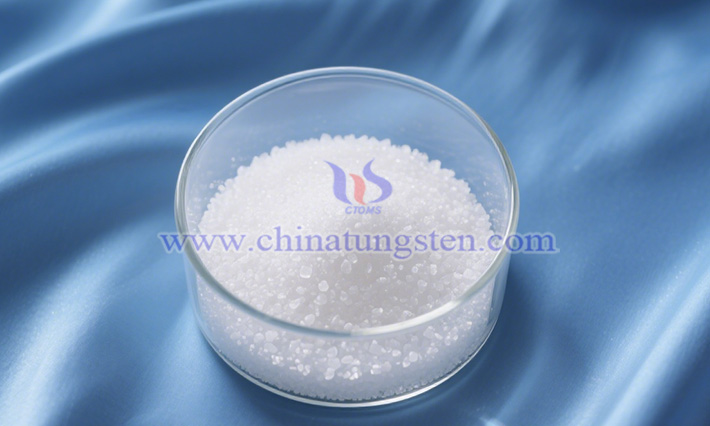
Like cobalt tungstate (CoWO₄) and nickel tungstate (NiWO₄), ferrous tungstate is an inorganic compound composed of a transition metal, a Group VIII element, and a non-metal element, exhibiting excellent physicochemical properties and wide applications in the chemical industry. Note: Iron, cobalt, and nickel, known as iron-series elements, are all from the fourth period and Group VIII, with atomic numbers 26, 27, and 28, respectively. Their properties are similar, and they all display ferromagnetism.
What Is Tungsten Crucible?
- Details
- Category: Tungsten Information
- Published on Tuesday, 10 June 2025 17:29
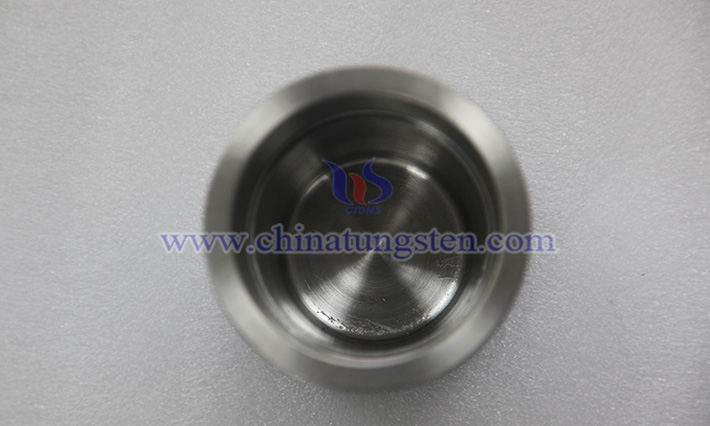
Tungsten crucible is a high-temperature resistant vessel made from high-purity tungsten powder (tungsten content >99.95%) through precise powder metallurgy and forming techniques. It maintains structural integrity and functional stability even in high-temperature environments, with its technological level influencing the precision of cutting-edge processes in fields like high-end crystal growth and special material smelting.
What Is Silicotungstic Acid?
- Details
- Category: Tungsten Information
- Published on Tuesday, 10 June 2025 17:25
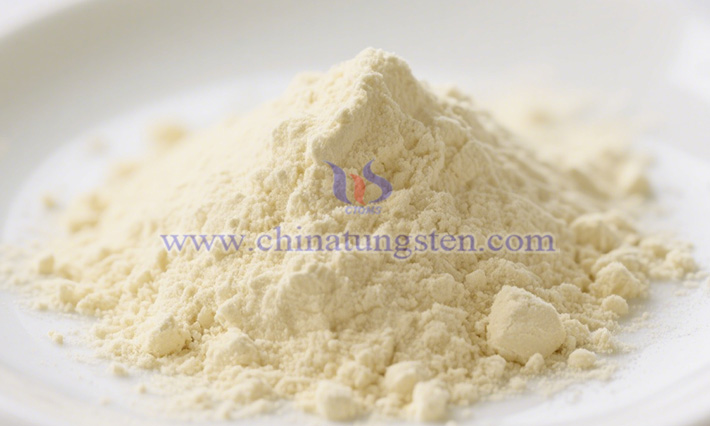
Silicotungstic acid, a key member of the polyoxometalate family, showcases significant application potential in materials science, chemical engineering, and biomedicine due to its unique molecular structure and excellent chemical properties. It is an inorganic compound composed of tungsten, silicon, hydrogen, and oxygen, with the molecular formula H₄[Si(W₃O₁₀)₄]·nH₂O and CAS number 12027-38-2.
What Is Tungsten Niobium Alloy?
- Details
- Category: Tungsten Information
- Published on Tuesday, 10 June 2025 17:21
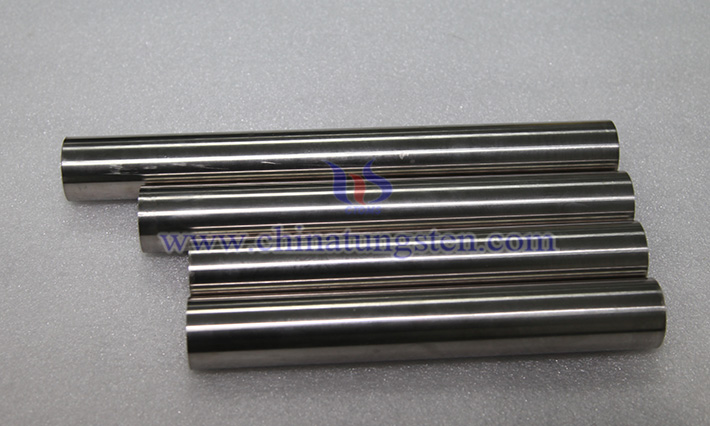
In the field of advanced materials, tungsten niobium alloy, a typical refractory metal composite, is gaining prominence as a critical foundational material in strategic sectors such as aerospace and high-end equipment manufacturing.
The Role of Barium Tungsten Electrode in High-Precision Spectral Analysis
- Details
- Category: Tungsten Information
- Published on Monday, 09 June 2025 19:32
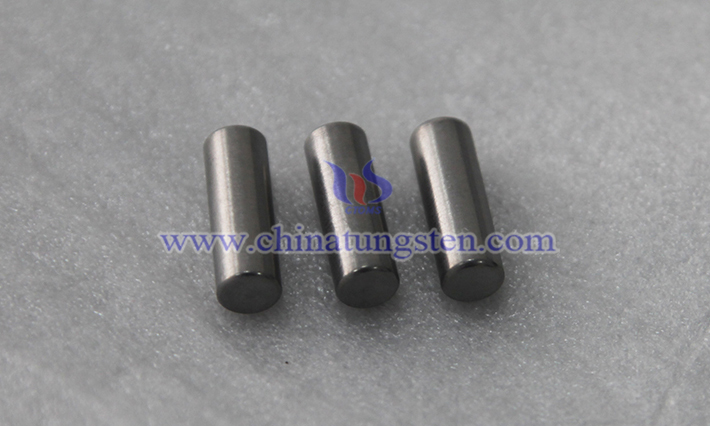
Barium tungsten electrode is mainly used as the electrode material of spectral light source in high-precision spectral analysis, especially in certain specific types of discharge light sources (such as arc or spark discharge light sources), its role is crucial. The following are the specific roles and characteristics of barium tungsten electrode in high-precision spectral analysis:
Application of Barium Tungsten Electrode in Ion Beam Generator
- Details
- Category: Tungsten Information
- Published on Monday, 09 June 2025 19:30
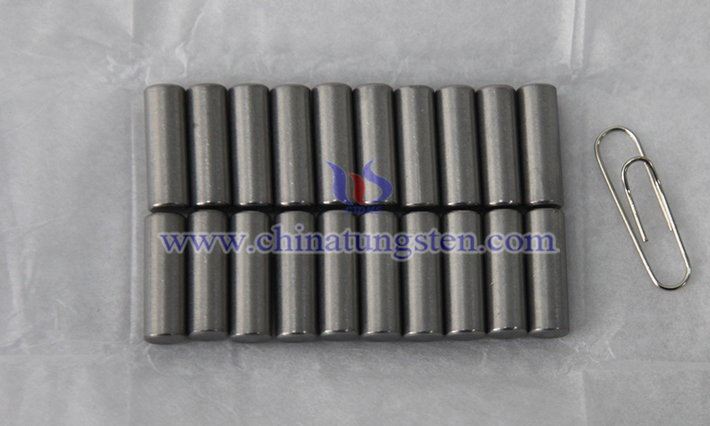
Due to its low work function, high stability and long life, barium tungsten electrode is mainly used as hot cathode material in ion beam generator, and is widely used in electron emission and ionization process, especially in semiconductor processing, thin film preparation and space propulsion.
Response Characteristics of Barium Tungsten Electrode in High-Frequency Pulse Discharge
- Details
- Category: Tungsten Information
- Published on Monday, 09 June 2025 19:27
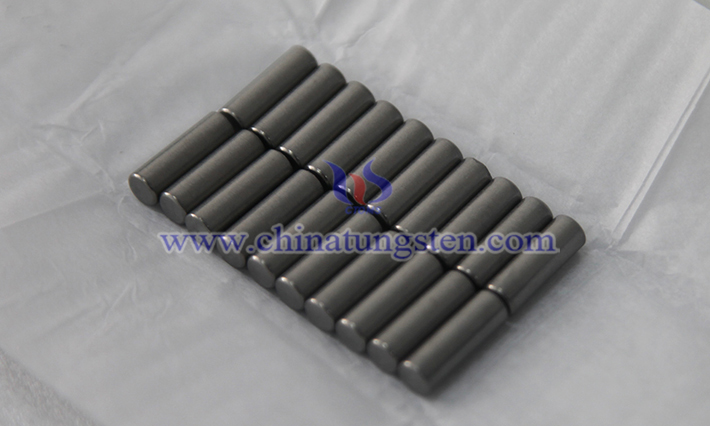
Barium tungsten electrode shows fast response, high emission efficiency and good stability in high-frequency pulse discharge. Its performance depends on low-work-function barium-based materials, optimized porous tungsten matrix and fine preparation process.
Barium Tungsten Electrode: Empowering Display Technology
- Details
- Category: Tungsten Information
- Published on Monday, 09 June 2025 19:25
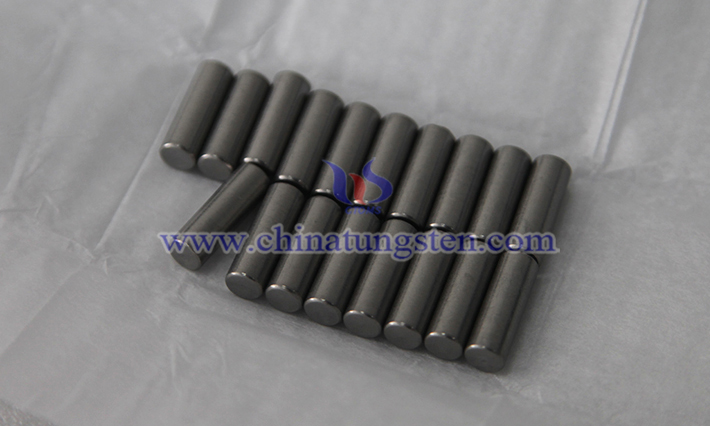
In the wave of rapid development of display technology, barium tungsten electrode, with its unique material properties, is becoming an important force in promoting the innovation of next-generation display technology. With its excellent electron emission performance and stability, barium tungsten electrode has opened up a new path for high-performance display devices, helping to create a more efficient and durable visual experience.


 sales@chinatungsten.com
sales@chinatungsten.com